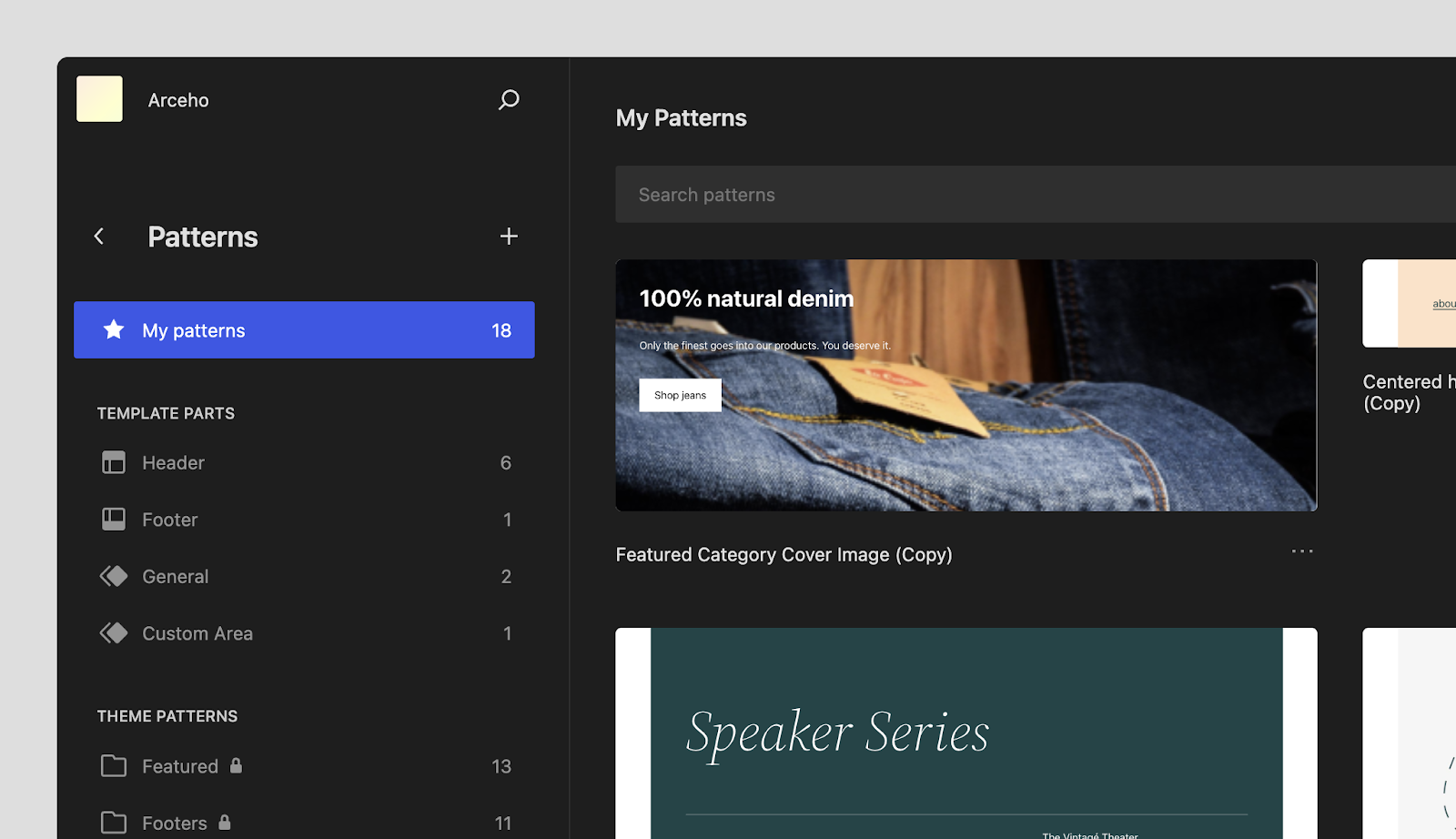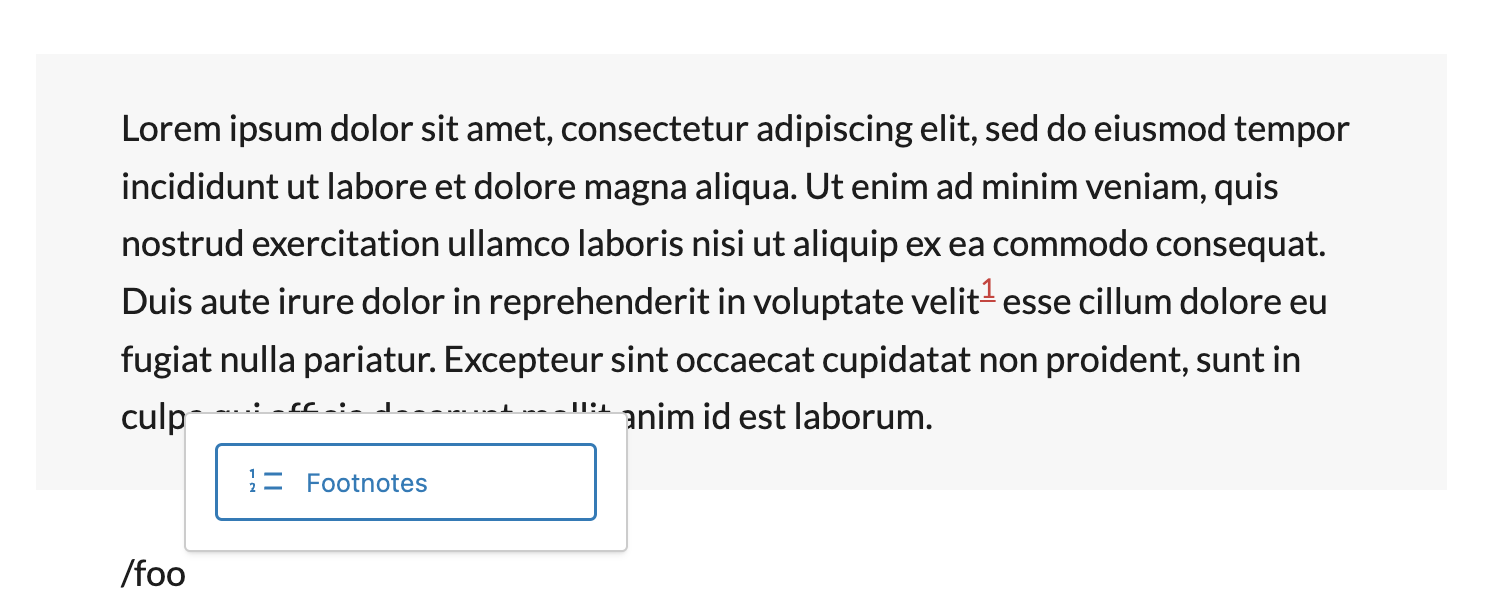Gutenberg 16.2 was released with a number of important changes to pattern management. Most notably, Reusable blocks have been renamed to Patterns, and the Library section of the Site Editor has been renamed to Patterns.
This release also introduces a sync status on the pattern details screen to give more information to site owners when managing patterns. The custom patterns label has been changed to “My Patterns” in the Patterns sidebar. A new lock icon designates theme patterns as unable to be edited or modified. All of these changes were cherry-picked from this version of Gutenberg and are included in the upcoming WordPress 6.3 major release, as of Beta 3.

Gutenberg 16.2 introduces a vertical text orientation, which can be applied using a block’s typography settings. At this time the feature is only available when the theme author opts in for the theme to support it, but it may be expanded in the feature.
“This new feature is a first step towards full support of vertically written languages as well as for decorative purposes in website design,” Automattic-sponsored Gutenberg contributor Bernie Reiter said in the release post.
Footnotes, which were introduced in Gutenberg 16.1, received several usability improvements in this release. The first iteration was bare bones with the footnotes created automatically and then inserted at the bottom of the content. This update makes a Footnotes block available in the block inserter, so users can place it again in case it gets deleted.

Other notable improvements in Gutenberg 16.2 include the following:
- Command Tool has been renamed to Command Palette
- “Home” template renamed to “Blog Home” for clarity
- Adds confirmation step when deleting a template
- Experiments: Create wordpress/interactivity with the Interactivity API
It also appears the Gutenberg team is preparing for the eventual deprecation of TinyMCE.
“We’ve added a new Gutenberg Experiment to explore a potential path towards the deprecation of TinyMCE,” Reiter said. “When enabled, it prevents loading TinyMCE assets and Classic blocks by default, only enabling them if usage is detected. The update also handles scenarios where posts contain Classic blocks or users input raw HTML, offering conversion options or reloading to use the Classic block.”
Check out the Gutenberg 16.2 release post for more details on the enhancements and bug fixes included in this release.

